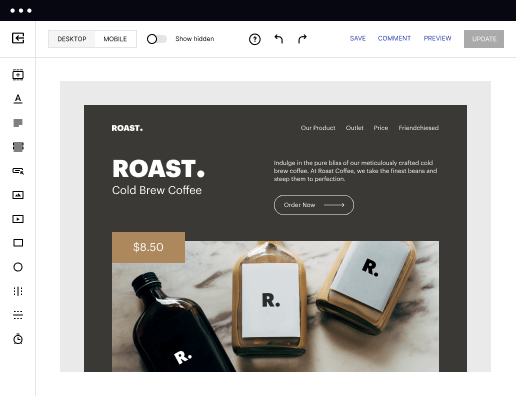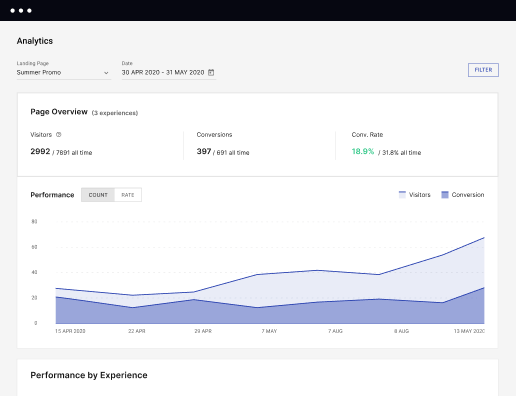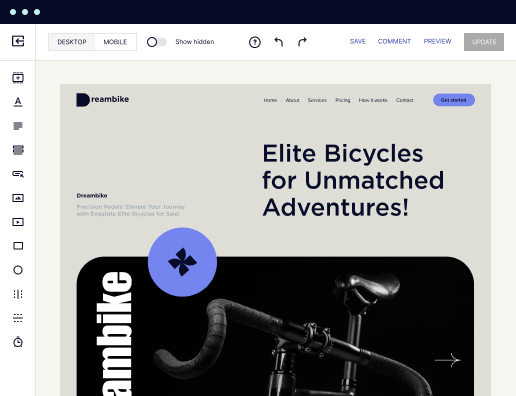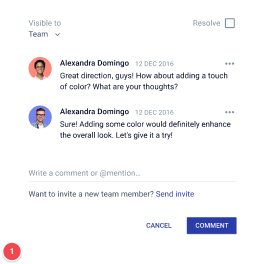Make your archive website on SUSE Linux Enterprise
Empower your marketing efforts with Instapage's functionality page. Build landing pages quickly, optimize for higher conversions, personalize content, and collaborate effectively to increase brand trust, loyalty, and conversion rates.
Create an Archive Website on SUSE Linux Enterprise
If you are looking to set up an archive website on SUSE Linux Enterprise, you are in the right place. With its reliable and secure platform, SUSE Linux Enterprise is a great choice for hosting your archive website.
Benefits of Using SUSE Linux Enterprise for Your Archive Website
- High level of security to protect your archived data
- Reliable performance to ensure your website is always accessible
- Scalability to accommodate growing amounts of archived content
Step-by-Step Guide to Setting Up Your Archive Website on SUSE Linux Enterprise
- Step 1: Obtain a copy of SUSE Linux Enterprise and install it on your server.
- Step 2: Configure your server settings and ensure that all necessary software packages are installed.
- Step 3: Create a separate directory on your server to store your archived files.
- Step 4: Transfer your archived content to the designated directory.
- Step 5: Set up a web server (e.g., Apache) to serve your archive website to visitors.
- Step 6: Configure the web server to point to the directory where your archived files are stored.
- Step 7: Test your archive website to ensure that it is working correctly.
- Step 8: Regularly backup your archived data to prevent loss in case of server failure.
By following these simple steps, you can have your archive website up and running on SUSE Linux Enterprise in no time. Take advantage of the secure and reliable environment SUSE Linux Enterprise provides for your archived content.
Get more out of Make your archive website on SUSE Linux Enterprise
Improve your Quality Score with quick load technology for landing pages
Increase conversions with content that aligns with your ads and audiences
Achieve maximum ROI by scaling your marketing initiatives
Leading the way in building high-performing landing pages





FAQs
See how to make your archive website on suse linux enterprise in action
Ready to skyrocket conversions?
Supercharge your ad campaigns with high-performing landing pages.
Get started
















